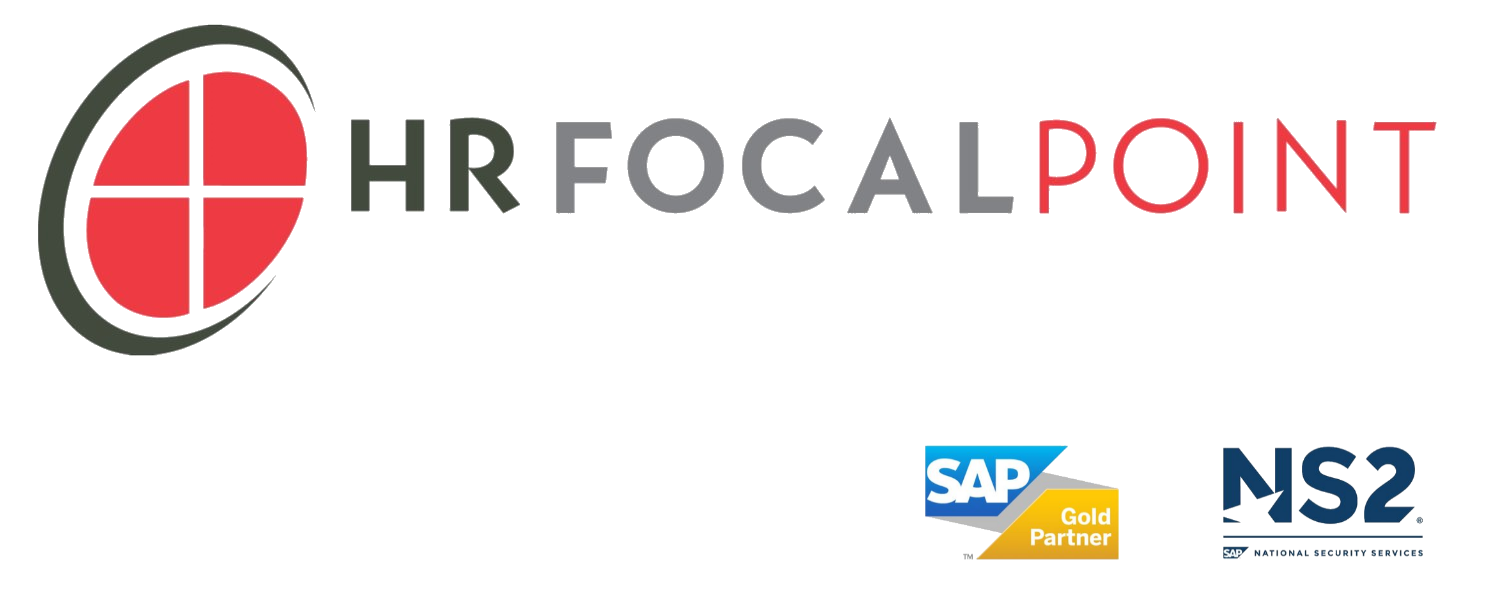SAP HCM Tip: Standard Organization Management Switch for Transferring Text to Personnel Administration
May 5, 2016
Every now and then we come across a scenario where a customer is having to manually align the Personnel Administration Infotype 0001 dates with the dates of name changes on the Organization Management side of the system. These scenarios typically play out as follows: the compensation management team updates Job titles to follow a new naming convention. This occurs as of a particular date, let’s say 5/1/2016 for example. In order for the corresponding employees’ records to display correctly in the system, the best practice is to create a corresponding Infotype 0001 (Organizational Assignment) record for each of them on the date of the new job name. This practice can be time-intensive if performed manually. Users would have to first query all employees who are assigned to the particular jobs as of the date of change and then would have to manually create a new Infotype 0001 with the corresponding date.
THE GOOD NEWS
SAP has already thought this process through and offers a standard-delivered method to make this change easy and automatic for you. This solution has been around for ages, but not all customers have chosen to utilize it.
SAP includes a table called T77S0, which contains a variety of switches that are used by the system.
For Organization Management, the applicable switches are in the group called PLOGI.
This is where we set things such as the default position ID, the integration between PD and PA, whether that integration is automatic or processed in batch, etc.
Within the PLOGI group, one switch (SPLIT) is used to designate that a text change on the Organization Management side of the system should trigger creation of a new Infotype 0001 (Organizational Assignment) record on the Personnel Administration side of the system:
HOW DOES IT WORK?
If the switch is set to true (“X”), the system knows that a corresponding new Infotype 0001 should be created whenever an organization unit, job or position name is changed.
For example, if the switch is activated and a user changes several jobs’ name (via a copy of the Object Infotype on the job) as of a particular date, all potentially impacted employees are logged in table HRINTE30 (Personnel Numbers to be Processed per Integration).
The same would be true of a name change on a position or an organization unit.
It’s important to note that in order for the system to function correctly in this respect, a copy of the Object Infotype should be used to change the name as opposed to a Change of the Object Infotype.
As organizational unit, job and position names change, all potentially impacted employees are logged on table HRINTE30.
NOW THAT THE IMPACTED PERSONNEL NUMBERS HAVE BEEN IDENTIFIED, WHAT HAPPENS NEXT?
The second step in the process is to run a standard-delivered program called RHINTE30 (Transfer org. assignment in batch input folder for infotype 0001).
This program will review the personnel numbers that are logged on table HRINTE30 to determine whether or not they require an update on Infotype 0001.
The program can be scheduled to run on a daily basis to pick up each day’s changes or can be run as-needed, which might be appropriate during a mass data conversion. If the PLOGI SPLIT switch is activated, it is best to schedule this program to run daily.
The standard selection screen gives the customer a few options for running the program and allows it to be run in test mode to ensure that expected results will be met.
It is highly recommended to run it in test mode first to ensure that authorizations are not an issue and to review any errors that might exist.
If running on a daily basis, use the Period of Today and set the Start Date (bottom of the screen) in your variant to be a calculated date of system date - x days.
Consider how far back in time you would expect your organization management changes to occur and set a reasonable limit so as to not over-complicate the output. A good rule of thumb would be to set it to system date - 30 days, but this should be investigated for each customer.
Upon execution, the program will produce a batch session that must be executed in order for changes to take place.
If the program determines that a change on the organization management side necessitates an update to Infotype 0001 for any employees listed on HRINTE30, it will make that change.
For example, in our scenario above where a user has updated the job names of several jobs, the potentially impacted employees’ personnel numbers would have been logged on table HRINTE30.
Later that evening, if the RHINTE30 process runs, it will review the personnel numbers listed on the table and will create a new Infotype 0001 as of the date of the job name changes.
The new Infotype 0001 records will continue to have the same values as the previous Infotype 0001 records but because the beginning date (BEGDA) of the records coincide with the effect date of the job name change, the updated job name will display when viewing the employee’s data within Personnel Administration.
Additionally, if one of the employees has a future-dated Infotype 0001 record (let’s say 6/1/2016 for example), the system will insert the new Infotype 0001 in between the current record and the future-dated record without impacting the future-dated record.
In summary, with this switch activated and a regular running of RHINTE30 scheduled, there is no longer a need to manually produce Infotype 0001 records simply to align the effective dates with those of the organization management objects.


